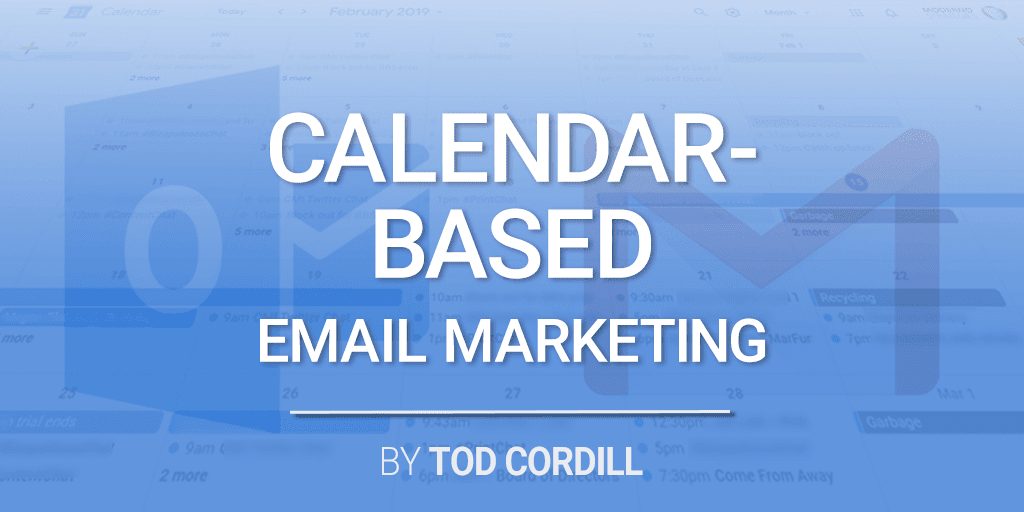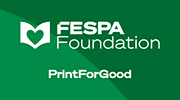
Email marketing falls into two basic categories: calendar-based or behavior based. Calendar based emails are sent based on your marketing calendar and are not triggered by a particular behavior.
Examples of calendar-based emails include:
- Email newsletter
- Marketing campaign leading up to an event or after an event
- Seasonal promotions and weekly offers
Sometimes these emails are sent to your entire audience, but frequently they are sent to a segment of your audience. Segments may include some combination of:
- Location
- Industry
- Role or job title
- Location in the customer journey, or stage in the buying process
Time-Based Email Marketing
The email newsletter is the most common form of email marketing and how most companies get started. It seems to be a rare website these days that doesn’t have an email capture form to sign up for a newsletter.
How to Get Started with an Email Newsletter
It is important to set expectations with your audience. When getting started the most important thing to do is to pick a frequency and stick to it. It’s OK to experiment with your email content to see what resonates with your audience. Here are a few content ideas for printing companies and marketing service providers:
- highlight key projects or case studies from your customers’ perspective
- list marketing events in the local area as well as major national ones
- highlight blog posts or other content you may have that is useful or interesting to your audience
Do you notice something about this list? It’s not about you and what you do. Of course, what you do is important to your customers, but normally they don’t really care about the details. They have their own goals and projects that they need to stay focused on.
When starting you’ll likely have a one size fits all email, with everybody getting the same content and same frequency. If your audience is fairly homogenous this may work for the long term. But if you offer multiple products and services to different industries and company sizes, you may need to segment your audience and send different email content to different segments.
You have two choices for sending email newsletters:
- Craft completely separate emails for each segment.
- Send a single email with different pieces of content either displayed or not depending on each contact’s interests.
The advantage of the first method is you can give each email a unique campaign name and track how each audience segment is engaging with your emails.
Advantages of the second are that you can personalize each email for each person depending on their particular interests.
Don’t Forget About Cross-Selling
One thing to watch out for is limiting content based on what a customer has purchased from you in the past or has expressed an interest in. You want to keep content relevant for each person while also divulging other services they may be interested in.
Data Allows More Focus and More Relevance
When you don’t know much about your audience you don’t know what information they’ll find relevant. This leads to a spray and pray process, where a bunch of different types of information is communicated in hopes of something capturing your contact’s interest.
When starting out you may not have much choice, but over time you can learn what interests your audience, and with the right tools what interests each contact.
Next month we’ll delve deeper into leveraging data with behavior-based emails, which are sent based on a contact’s action, or lack of action.















One Response